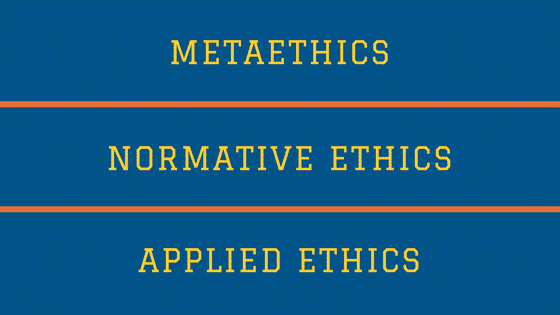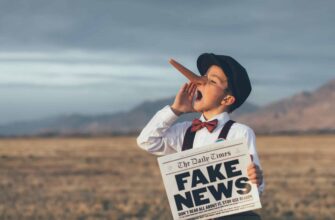What if unethical behaviors emitted a visible indicator? That’s the premise of a great book I just finished, Smoke by Dan Vyleta. Set in Victorian-era England, people produce a trail of smoke every time they sin. As a result, they are not able to hide their worst thoughts or impulses.
As leaders, there are certainly benefits to a smoking-inducing culture. We’d always know who to trust, intentions would be crystal clear, and we could take immediate action when faced with ethical hiccups. Of course, with our morals on display we’d also have to remain on the virtuous path, but that wouldn’t an issue, right?
If you want to avoid the smokey discharge of corruption, the following are three ways you can assess your team’s ethics.
Establish a Baseline
When identifying an ethical quandary, many rely on perception. Sure, some situations are black and white, but these are the obvious examples. For those predicaments in the grey-ish area, perception is dependent upon circumstances and the individual trying to recognize the breach. Therefore, if you are going to be on the lookout, you need to ensure that everyone on the leadership team shares the same expectations.
Creating a foundation begins with assessing your current organizational culture. According to Kenneth W. Johnson, Director of the Ethics & Policy Integration Centre, there a number of measurable factors that can serve to align a company, including how employees:
- perceive that leadership prioritizes ethics and the core values over the bottom line,
- speak openly about ethics and the company’s core values,
- consider the core values in decision making,
- feel that they and their co-workers are treated fairly,
- pressure felt to compromise values,
- distinguish that ethical behavior is rewarded and unethical behavior is punished,
- identify that “good faith” mistakes are seen as opportunities for growth and development, and
- hold themselves and others accountable to the standards.
These factors provide a profile of the organization so as to help leadership design and implement an effective ethics program. Then, after the program has launched, this list is valuable in evaluating program success.
Ask the Right Questions
When you know what to ask and what to listen for, a behavioral approach to conversations can uncover a person’s ethical leanings.
If you ask people if they’re ethical, they’re going to say, ‘Yes.’ Behavioral questions tell you that the person was in a situation that they saw as ethics-related and tell you how they thought through the problem and what they did.—Patricia Harned, President of the Ethics Resource Center
When trying to gauge someone’s ethics, consider a few of these questions:
- What makes up an ethical workplace?
- At Acme Corp, we are accountable, dependable and transparent. How do you define accountable, dependable and transparent?
- Did you see the section of our website where we described the company’s stance on ethics? Which of our core values made an impression?
- When you’ve had ethical issues arise at work, whom did you consult?
- Can you describe an instance when you witnessed or learned of someone engaging in unethical behavior? What was that behavior and how did you address it?
- Tell me about a time when you felt it was necessary to cut corners on the quality of a job. What was the situation and how did you resolve it?
- Describe a time where you were pressured to cheat on a [test / expense report / project. What were the circumstances and how did you handle it?
Clandestine Observations
Famed basketball player and coach John Wooden once said, “The true test of a man’s character is what he does when no one is watching.” To really assess someone’s ethics, you need to observe them in situations where they aren’t aware of being observed. Consider:
- Creating a list of ethical criteria in which you are interested. This will provide a starting point in the behaviors of which you need to be mindful. They may involve honesty, value driven decision-making, modeling, humaneness, trustworthiness, and fairness.
- Getting a full picture. Use 360 practices to gather the team’s experiences with the individual. For instance, with interview candidates, I like to utilize the receptionist. How do they treat him/her when a manager is not present? Are they courteous and respectful or dismissive?
- Observing firsthand. You can’t rely solely on other’s perceptions. Watch the individuals’ actions and reactions in a manner where they do not realize you are monitoring their behavior. Take note of the criteria you outlined and anything else you find pertinent.
In the absence of smoke, a growing Pinocchio nose, or a flashing red “LIAR” sign, leaders must be able to detect falsehoods. Start with establishing your code of conduct. Then engage in intelligent conversations and observe people’s behaviors. It’s not as easy as watching someone emit smoke, but it’ll sure cut down on the cleaning bill.








